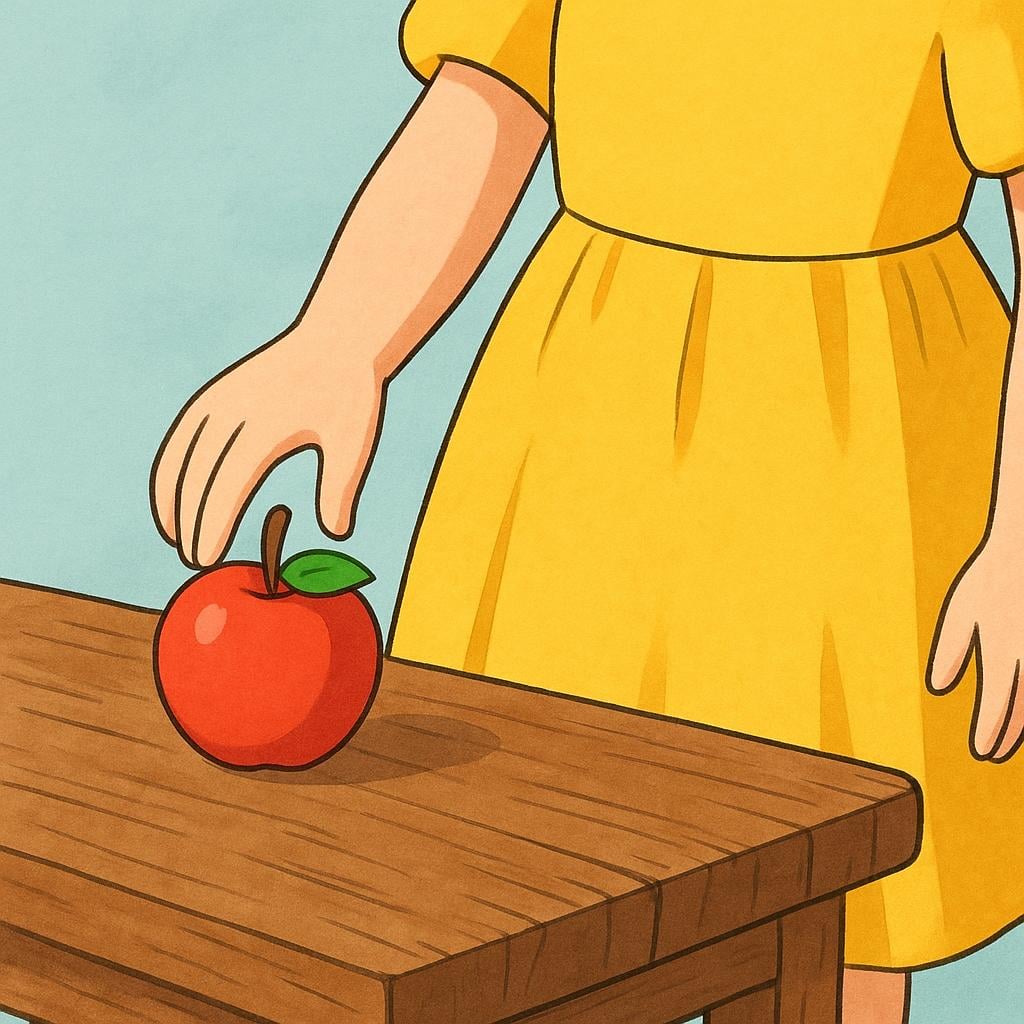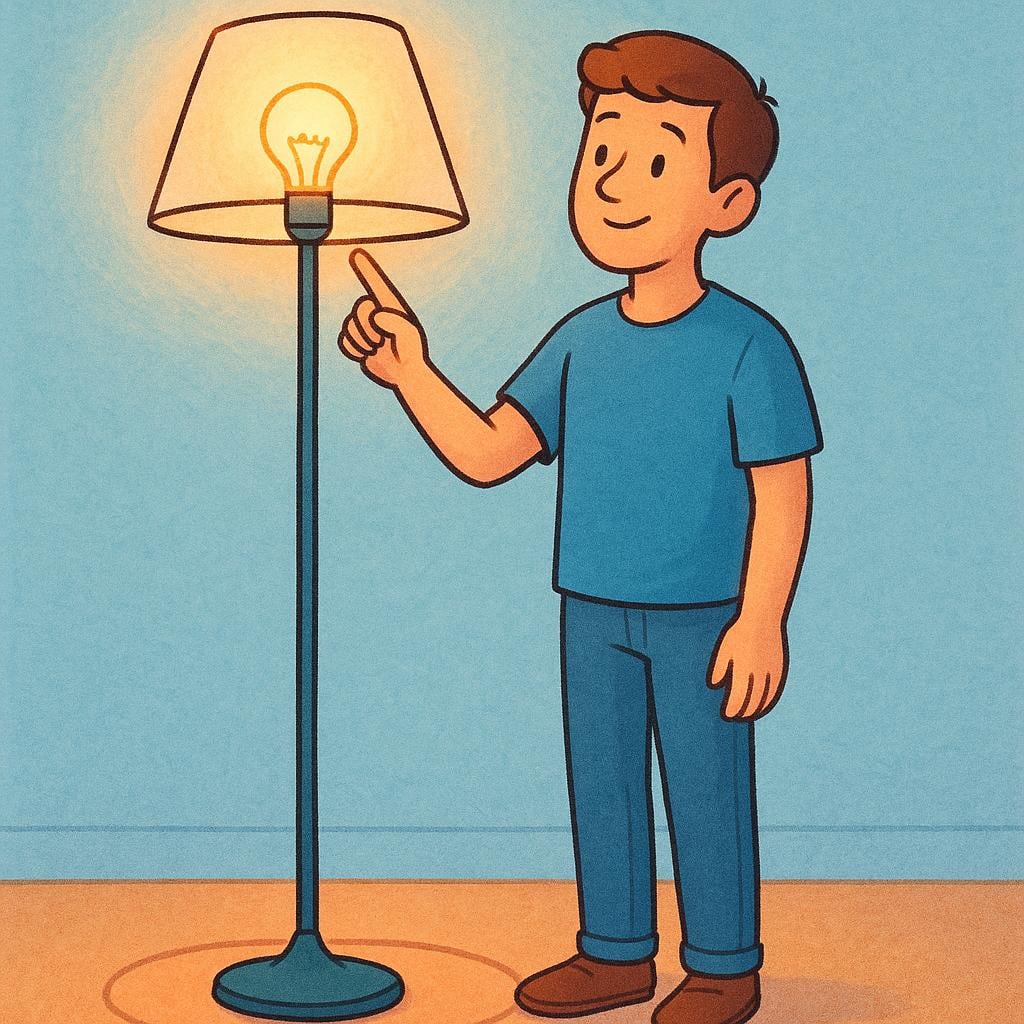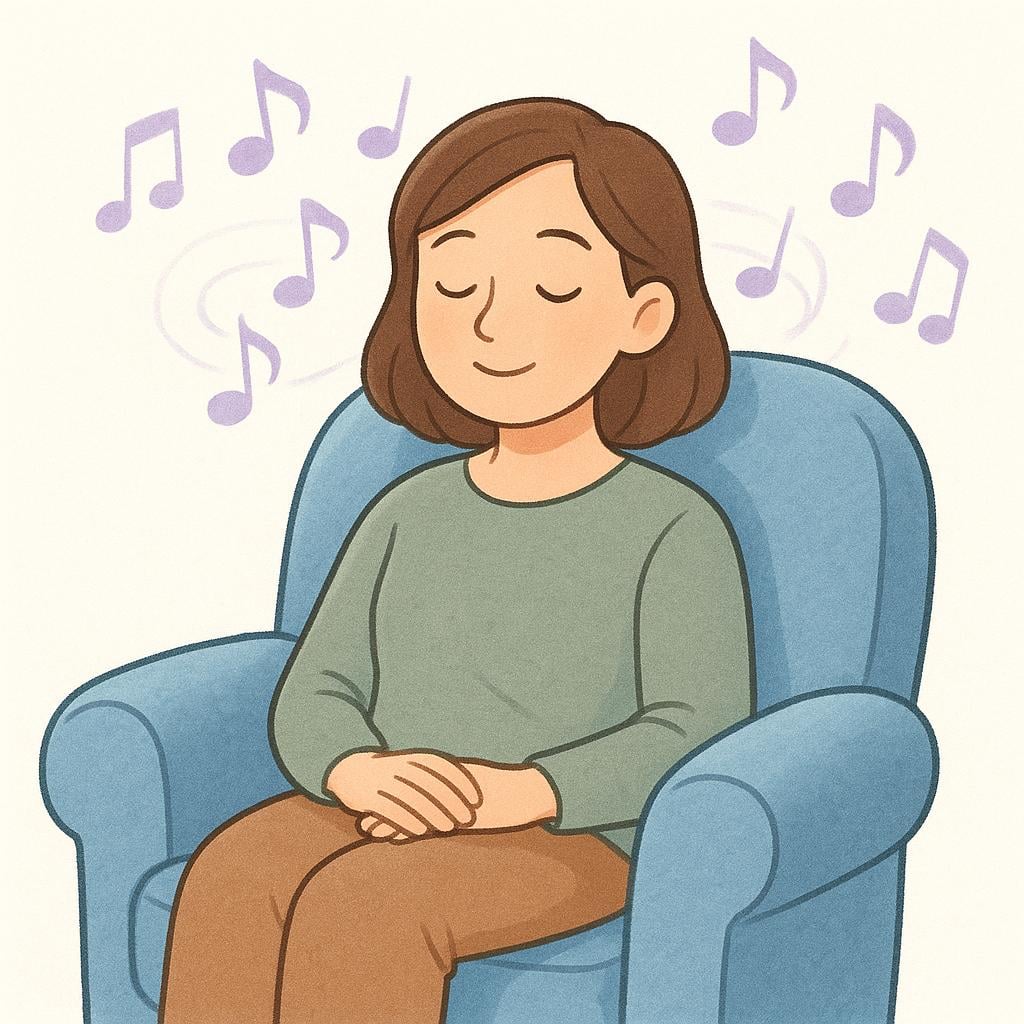pone
/PO-neh/
he/she/it puts

The most common meaning of pone is he/she/it puts or places, like placing an object on a table.
pone(Verb)
he/she/it puts
?placing an object somewhere
,you put
?formal 'you' (usted)
he/she/it places
?arranging something
📝 In Action
Mi hermano pone sus llaves en la mesa.
A1My brother puts his keys on the table.
Usted siempre pone la silla aquí.
A1You (formal) always put the chair here.
El restaurante pone flores frescas en cada mesa.
A2The restaurant places fresh flowers on each table.
💡 Grammar Points
From the Verb 'Poner'
'Pone' is a form of the verb 'poner', which means 'to put'. It's used when talking about what 'he', 'she', 'it', or a formal 'you' (usted) puts somewhere.
Irregular Verb Alert!
The verb 'poner' is irregular, meaning it doesn't follow the normal patterns. For example, the 'yo' (I) form is 'pongo', not 'pono'. You'll see lots of changes in other tenses, too!
❌ Common Pitfalls
Action vs. Command
Mistake: "Using 'pone' to give a command: 'Pone el libro aquí.'"
Correction: To tell a friend to 'put' something, use 'pon': 'Pon el libro aquí.' 'Pone' describes an action someone is already doing.
⭐ Usage Tips
More Than Just 'Putting'
While the main meaning is 'to put', you'll hear 'poner' used for many different actions. Think of it as a super-flexible verb for causing something to be in a certain place or state.

In the context of electronics or appliances, pone means he/she/it turns on, such as turning on a lamp or radio.
pone(Verb)
he/she/it turns on
?appliances, lights, music
he/she/it plays
?music, a movie
📝 In Action
Ella pone la televisión para ver las noticias.
A2She turns on the television to watch the news.
Siempre pone la misma canción en las fiestas.
B1He always plays the same song at parties.
¿Quién pone la calefacción en verano?
A2Who turns on the heat in the summer?
⭐ Usage Tips
From Physical to Electronic
Think of this meaning as an extension of 'to put'. You are 'putting' the device into an 'on' state. It's the go-to verb for starting up most electronics, music, or movies.

Used reflexively or with an object, pone can mean it makes someone feel a certain way, causing an emotion or state.
📝 In Action
La música clásica me pone tranquilo.
B1Classical music makes me calm.
Esa situación pone nerviosa a mi madre.
B1That situation makes my mother nervous.
El final de la película pone triste a todo el mundo.
B2The end of the movie makes everyone sad.
💡 Grammar Points
Causing a Feeling
This structure is used to talk about how something makes a person feel. The pattern is: [The thing] + pone + [adjective] + a [the person].
❌ Common Pitfalls
Using 'ser' or 'estar'
Mistake: "Trying to say 'It makes me happy' with 'Me es feliz.'"
Correction: Use 'pone' for this cause-and-effect relationship with emotions: 'Me pone feliz.' This shows that something is *causing* the feeling.
🔄 Conjugations
indicative
present
preterite
imperfect
subjunctive
present
imperfect
✏️ Quick Practice
💡 Quick Quiz: pone
Question 1 of 1
Which sentence uses 'pone' to mean 'turns on'?
📚 More Resources
Frequently Asked Questions
What's the difference between 'pone' and 'se pone'?
Great question! 'Pone' is about an action done to something else (he puts the book, she turns on the TV). 'Se pone' is reflexive, meaning the action happens to the person themselves. It often means 'he/she becomes' or 'he/she puts on' (clothing). For example, 'Él pone la camisa en la cama' (He puts the shirt on the bed) vs. 'Él se pone la camisa' (He puts on the shirt).
Why is 'poner' used for so many different things?
Think of 'poner' as a 'power verb'. Its core idea is 'to cause something to be in a certain state or place'. Putting a book on a table, putting a TV in an 'on' state, or putting a person in a 'sad' state are all related to this core idea. It's one of those flexible verbs you'll get a feel for over time!